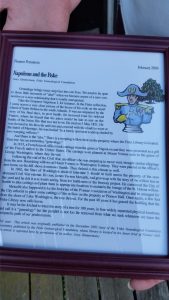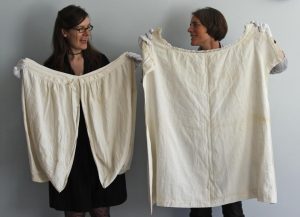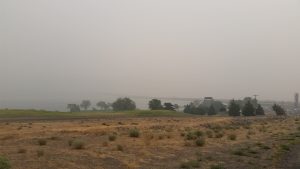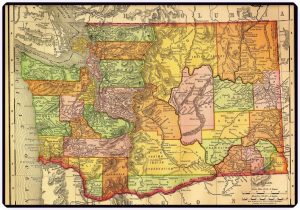
A connection between Napoleon I of France and Seattle??? Yepper. Keep reading.
Ever been to the Fiske Genealogy Library in Seattle? This is a wonderful private library and well worth the time, trouble and effort to get there. Ask Google for more information.
Last fall when I was there, Gary Zimmerman, current director of the library, gave us the tour and told us the story of how Napoleon has a connection to the Fiske Library……


Of course you cannot read the story, written by Gary, so here goes:
“Genealogy brings many surprises into our lives. We need to be open to those little moments of “aha!” when we become aware of a new connection or new relationship that is totally unexpected.
“Take the Emperor Napoleon I, for instance. In the Fiske collection, I came across a very clear picture of the house of his exile on the small island of Saint Helena in the South Atlantic. It was accompanied by the story of his final days, in poor health, far removed from his beloved France, where he hoped that his ashes would be laid to rest on the banks of the Seine. But that was not to be. He died on 5 May 1821. He was dressed in his favorite uniform and covered with the cloak he wore at the battle of Marengo. He was buried “in a lonely spot near a spring shaded by two weeping willows.”
“And there is the “aha.” There is a weeping willow here on the property where the Fiske Library is located. That tree has an interesting “genealogy.”
In 1835, a French naval officer took cuttings from the grave of Napoleon and they were presented as a gift of the French nation to the United States. The cuttings were planted at Mount Vernon next to the grave of George Washingon, where they thrived.
“Following the end of the Civil War, an officer who was preparing to move west, brought similar clippings from the now flourishing willows at Mount Vernon, to Washington Territory. They were planted at the officer’s new home on the hill above downtown Seattle. They thrived in this climate as well.
“In 1962 the State of Washington decided that I-5 should be built across the property of the now deceased Civil War veteran. His son, James Vernon Metcalfe, had grown up with the story of the willow tree in the yard and he felt it was worth saving from the bulldozers. He convinced the City of Seattle to take cuttings and plant them in appropriate locations to maintain the lineage of the St. Helena willow.
“Metcalfe also happened to be the historian of the Pioneer Association of Washington and he arranged for the city arborist to place some cuttings of the willow on the property at Pioneer Hall. Once again, a few feet from the shores of Lake Washington, the tree thrived. For the past 40 years it has graced the building that the Fiske Library now calls home.
“It may be far-fetched to trace the story of a tree for 180 years, in four widely separated physical locations, and call it genealogy, but the parallel is not too far removed from what we seek whenever we trace the peripatetic path of our predecessors.’








